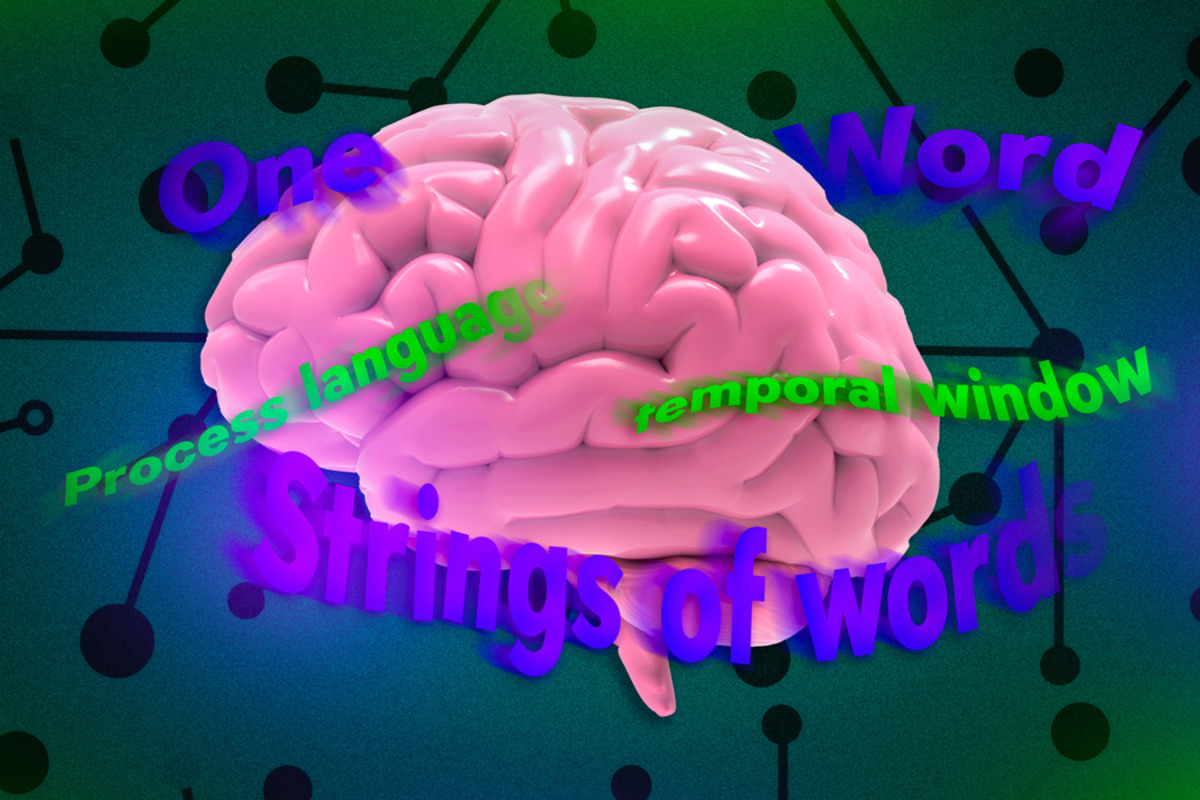BRAIN BREAKTHROUGH AT MIT: Neurons Crack the Code of Language on Dizzying Timelines!

In a new study that's grabbing the attention of neuroscientists, MIT researchers have marked a significant breakthrough in understanding how the brain processes language. By recording electrical activity directly from patients' brains, scientists have discovered neurons that operate on different timescales when interpreting language—a nuance missing from earlier fMRI studies. According to a report by MIT News, these findings could totally change our understanding of brain function with regard to language.
Traditional fMRI technology, while useful, averages brain activity across large groups of neurons and a couple of seconds, making it tough to discern the intricate dance individual neurons perform when processing language. But the innovative technique employed by MIT researchers unearths a whole new layer of detail. Evelina Fedorenko, an associate professor of neuroscience at MIT, told MIT News, "This is the first time we see clear heterogeneity within the language network." It turns out neural populations are not all-in-one processors; rather, they're specialized clusters that handle language comprehension at staggeringly different breadths—from a single word up to about six words.
The discovery occurred through an examination of neural behavior during language processing tasks, with data coming from patients who had electrodes implanted in their brains for the treatment of conditions like severe epilepsy. Through this method, the study was able to analyze the "temporal windows" these neurons operated in. While some neurons peaked and troughed with each word, others took longer to build up activity, spanning multiple words before resetting. This accumulation of activity suggests that larger linguistic contexts, such as sentences or phrases, are being interpreted by these more patient neuron clusters.
The crux of the study, which was led by MIT postdoc Tamar Regev and Harvard University graduate student Colton Casto, seems to be in the structuring of these neuron populations and how they huddle together in specific regions of the brain. "It really looks like these neural populations integrate information across different timescales along the sentence," Regev explained in a statement obtained by MIT News. Significantly, the study dug even further to pinpoint the anatomical haunts of these different clusters, finding that short-window neurons predominantly chill in the posterior temporal lobe, whereas their long-window counterparts spread out more in the temporal and frontal lobes.
What's the real-world impact of these findings, you ask? It could revolutionize the way we approach language-related disorders and brain-computer interfaces, for starters. Knowing the precise role and location of these neuron clusters has profound implications for treatments and technologies. Funding for this groundbreaking work came from an impressive roster of notable institutions, including the Zuckerman-CHE STEM Leadership Program and the NIH amongst others. Fedorenko's lab at MIT is hot on the trail of figuring out how the varying neuron timescales map to different linguistic functions—a chase that no doubt will continue to illuminate the complex neural pathways of our language processes.
Welcome to Billionaire Club Co LLC, your gateway to a brand-new social media experience! Sign up today and dive into over 10,000 fresh daily articles and videos curated just for your enjoyment. Enjoy the ad free experience, unlimited content interactions, and get that coveted blue check verification—all for just $1 a month!
Account Frozen
Your account is frozen. You can still view content but cannot interact with it.
Please go to your settings to update your account status.
Open Profile Settings